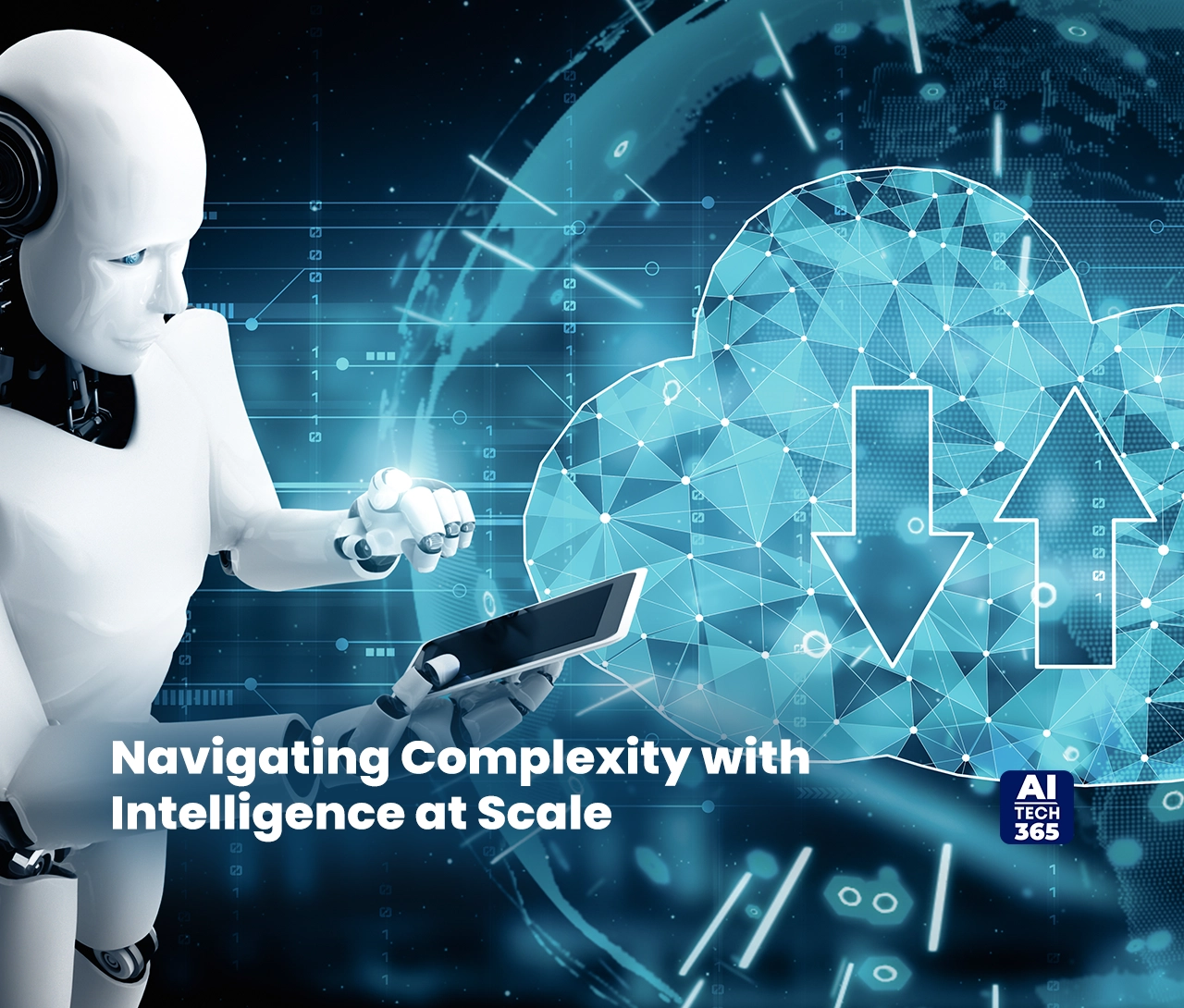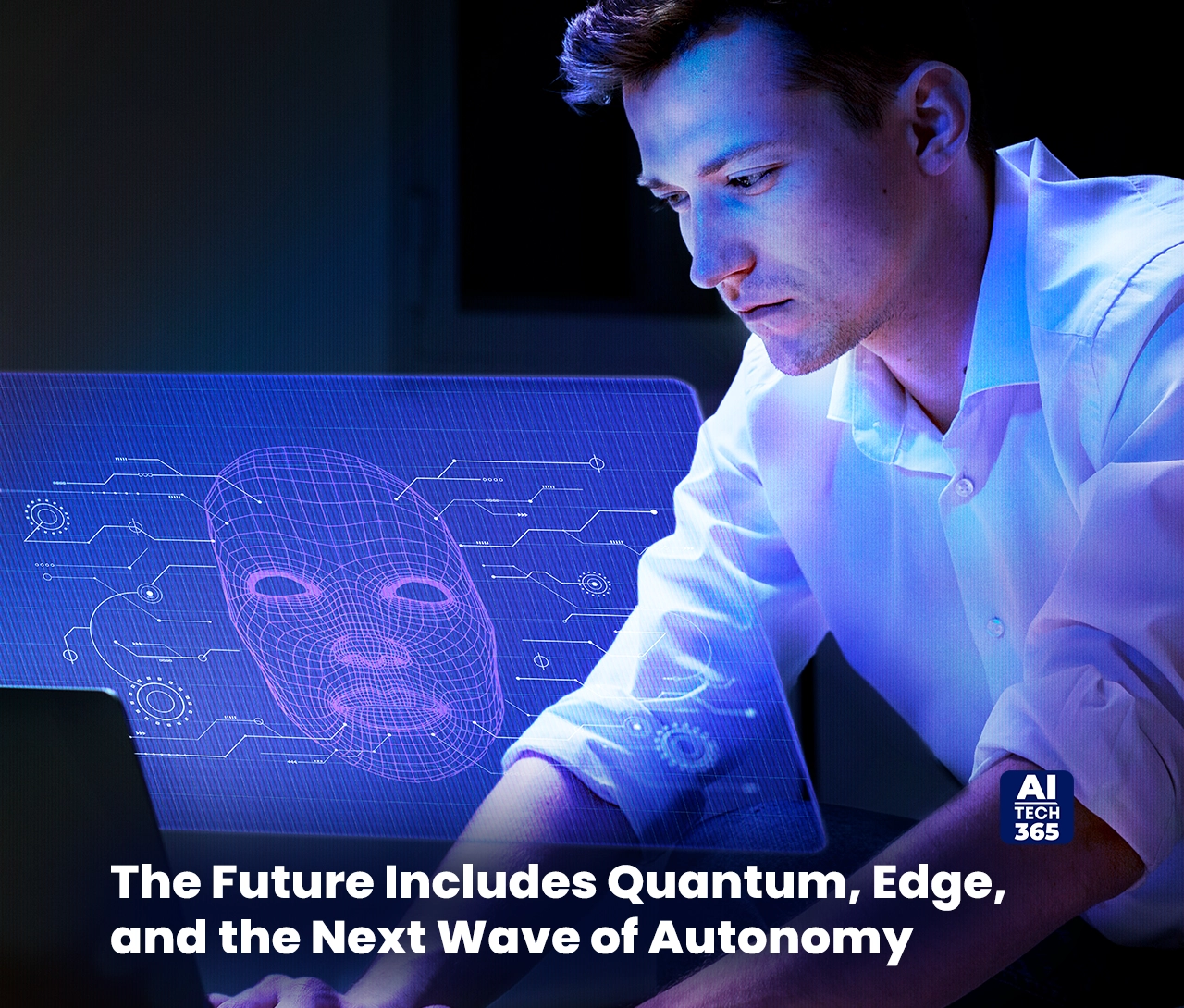In the fast-paced world of enterprise tech, ideas that thrill global leaders include autonomous AI systems. Autonomous systems can analyze data. They make decisions and take action with little or no help from humans. This makes them different from traditional AI models that rely a lot on human guidance. Self-directed systems are leading a new era in business automation. This focuses on agility, scalability, and ongoing optimization.
Autonomous AI changes how businesses boost productivity and improve processes. The journey started with automation that handled repetitive tasks. Now, it has advanced to smart systems. These systems learn from their surroundings, adapt to changes, and evolve on their own. These systems are more than tools. They act as partners that can change how businesses operate. Their potential covers many industries. This includes manufacturing, logistics, customer experience, and strategic decision-making.
Navigating Complexity with Intelligence at Scale
The demand for autonomous AI is rising. Moreover, today’s business world is overwhelmingly complex. Companies struggle to manage massive volumes of data, both organized and unorganized. They must navigate diverse systems and adapt to shifting market demands. Traditional automation falls short in this environment. Autonomous AI takes over, making swift and large-scale decisions. As it interacts, it becomes increasingly intelligent. This results in more accurate predictions, superior customer service, and substantial cost savings.
The Technology Behind Self-Directed Systems
A key part of autonomous AI is mixing machine learning, natural language processing, and reinforcement learning. These elements work together in cloud-native systems. This tech trio helps systems with tasks like understanding human feelings. They also improve supply chain logistics by predicting demand. Additionally, they adjust marketing campaigns based on user behavior. Integrating smoothly with cloud platforms gives the needed flexibility and computing power. This helps scale systems across different departments and locations.
Real-World Applications Driving Transformation
Global financial institutions use autonomous AI for fraud detection. This is a strong example of its benefits. Traditional rule-based systems often fail to keep pace with increasingly sophisticated threats. Autonomous AI models detect anomalies quickly. They also change their detection strategies to match new threat patterns. Real-time learning greatly boosts risk management. It also cuts down on false positives. In the past, those false positives slowed down teams with manual checks. According to a 2024 survey by BioCatch, 73% of organizations are currently using AI for fraud detection, highlighting the growing reliance on AI in financial crime prevention.
Retail is another segment undergoing a transformation due to autonomous AI. Businesses are using smart inventory management systems. This helps them keep stock levels right without always needing human help. These systems analyze past sales trends, supply chain problems, and local weather forecasts. Then, they use this information to make buying decisions. So, overstocking and understocking issues are greatly reduced. This results in better margins and happier customers.
The human resources function is also witnessing significant disruption. Talent acquisition platforms now use automated systems. These systems scan, evaluate, and even start conversations with candidates. This goes far beyond keyword matching. AI models can evaluate cultural fit. They can also predict potential attrition. Plus, they refine their selection criteria based on hiring results. This enhances speed and precision in recruitment. This is very important in competitive industries.
Addressing Ethical, Legal, and Human Concerns
Autonomous AI has come a long way, but it’s not without its worries. People are talking about ethics, government oversight, and how it affects jobs. Job loss is a big concern, especially in areas that could be automated. Another way is to use these systems to enhance human skills rather than replace them. Workers can focus on strategy, creativity, or teamwork by passing off routine tasks. Machines can’t manage these aspects.
Transparency and responsibility are another major issue. An autonomous system makes important decisions. For example, it can approve loans, triage medical cases, or reroute aircraft. Organizations need to ensure these decisions are clear and can be audited. AI developers are now focused on adding explainability to their models. This change helps trace decisions back to the data that drove them.
There’s also a growing emphasis on ethical AI frameworks. As these systems become more independent, biases in their training data can cause problems. Tech leaders are putting money into strong governance rules. They are also forming AI ethics boards to watch over how AI is used and to check its performance. Microsoft’s 2024 Responsible AI Transparency Reportx` underscores the company’s commitment to developing safe, secure, and trustworthy AI applications.
Also Read: Data Processing at Scale: Overcoming the Computational Challenges of Large Quantitative Models
Unlocking Competitive Advantage Through Innovation
The competitive advantage offered by autonomous AI is undeniable. Organizations using these systems well see quicker results, improved scalability, and enhanced innovation. For example, a company that uses AI to automate customer onboarding cuts costs. It also creates a smooth experience, which can boost brand loyalty. Mixing autonomous systems with human oversight forms a dynamic rhythm in a hybrid model. This rhythm helps drive ongoing improvement.
Extracting Value from Data Like Never Before
A valuable outcome of autonomous AI is that it can unlock hidden data value. Most organizations today sit on troves of underutilized data. Autonomous systems can analyze this data. They find hidden patterns and insights that manual analysis might miss. These insights can aid in organizations’ improvement.
They can assist with:
- Product innovation
- Customer segmentation
- Fraud detection
- Market entry strategies
The Future Includes Quantum, Edge, and the Next Wave of Autonomy
The future’s looking good. Merging self-operating AI with quantum computing and edge AI will boost business automation. Quantum computing can change how AI models tackle complex problems. This is especially true for tasks like supply chain optimization and financial modeling. Edge AI processes data on devices. This allows remote places like oil rigs, retail shops, and self-driving cars to be independent. This creates chances for real-time, local decision-making. It does not rely on constant connections to central systems.
Preparing for the Autonomous Enterprise Era
Tech leaders need to quickly make a clear plan for using autonomous AI to succeed in the digital economy. They need to check if their current setup can handle AI. Then, they should find profitable use cases. Finally, hire skilled professionals to manage and enhance these systems. Building a culture that encourages innovation and ongoing learning is crucial. The field of AI is rapidly evolving. Data scientists, engineers, business leaders, and ethicists must collaborate to harness AI effectively.
Rethinking the Role of AI
Autonomous AI is more than just a trend. It’s a game-changer. It changes how businesses work, decide, and provide value. Forward-thinking organizations that seize this opportunity will gain a significant competitive edge.
Looking ahead, the talk about AI will move from “Can we automate this?”” to “How autonomously can we operate?” Businesses that thrive in this new era will see AI as more than tools. They will treat it as a key part of their operations. By doing this, they will gain efficiency and speed. They will also discover new levels of creativity, resilience, and growth.


